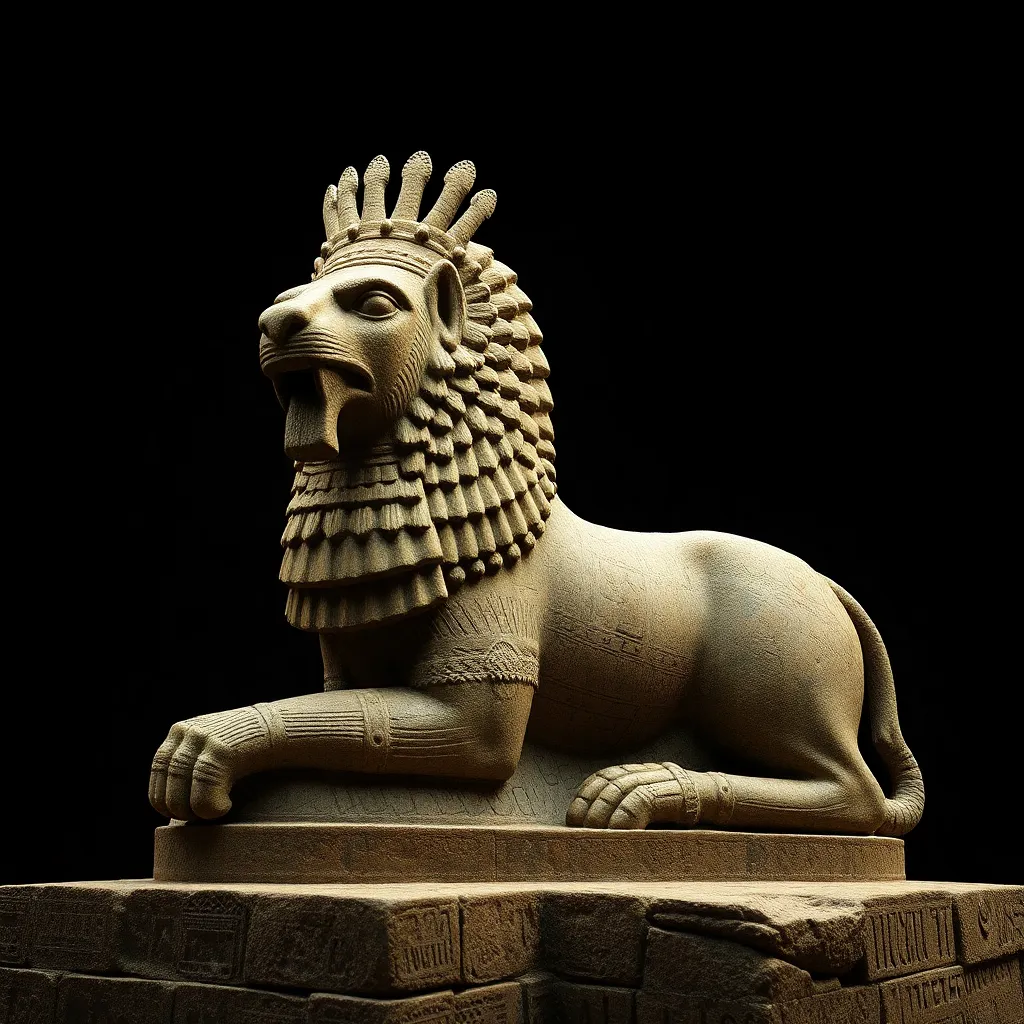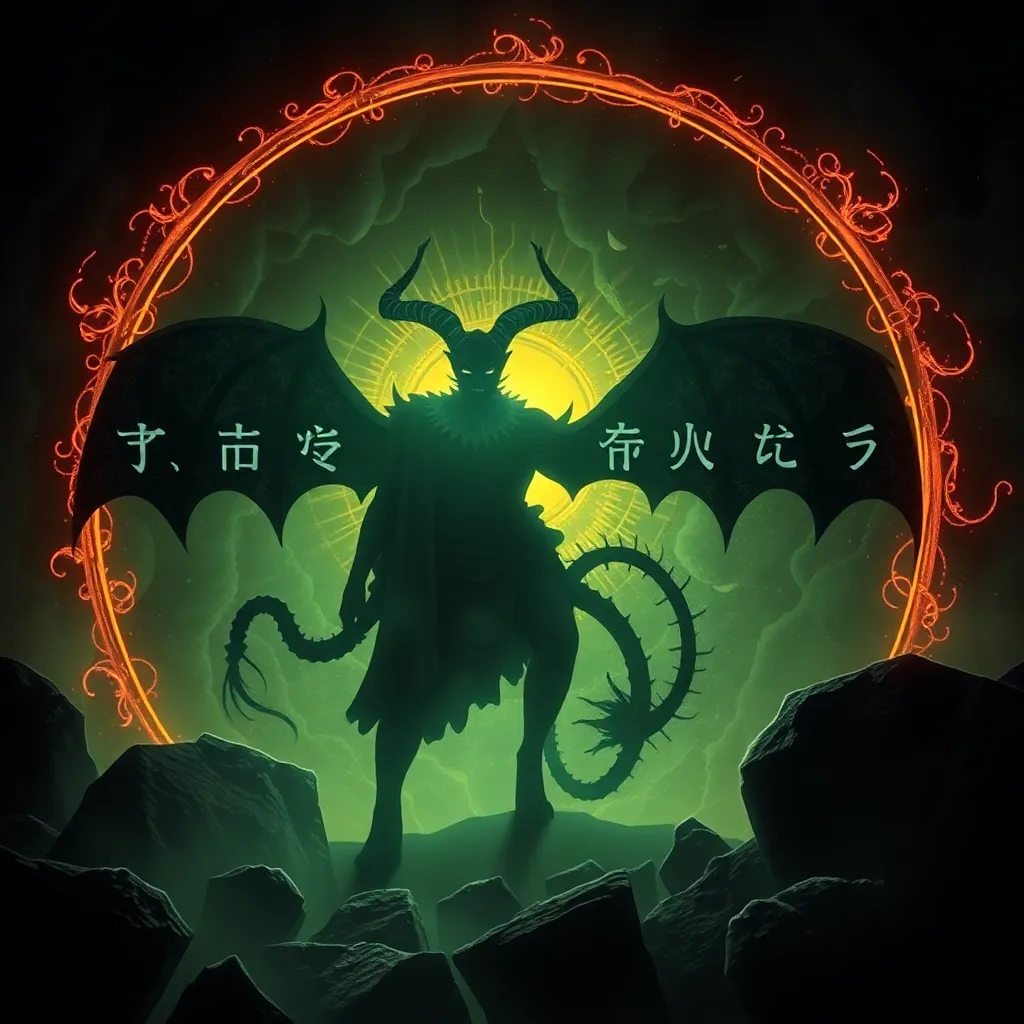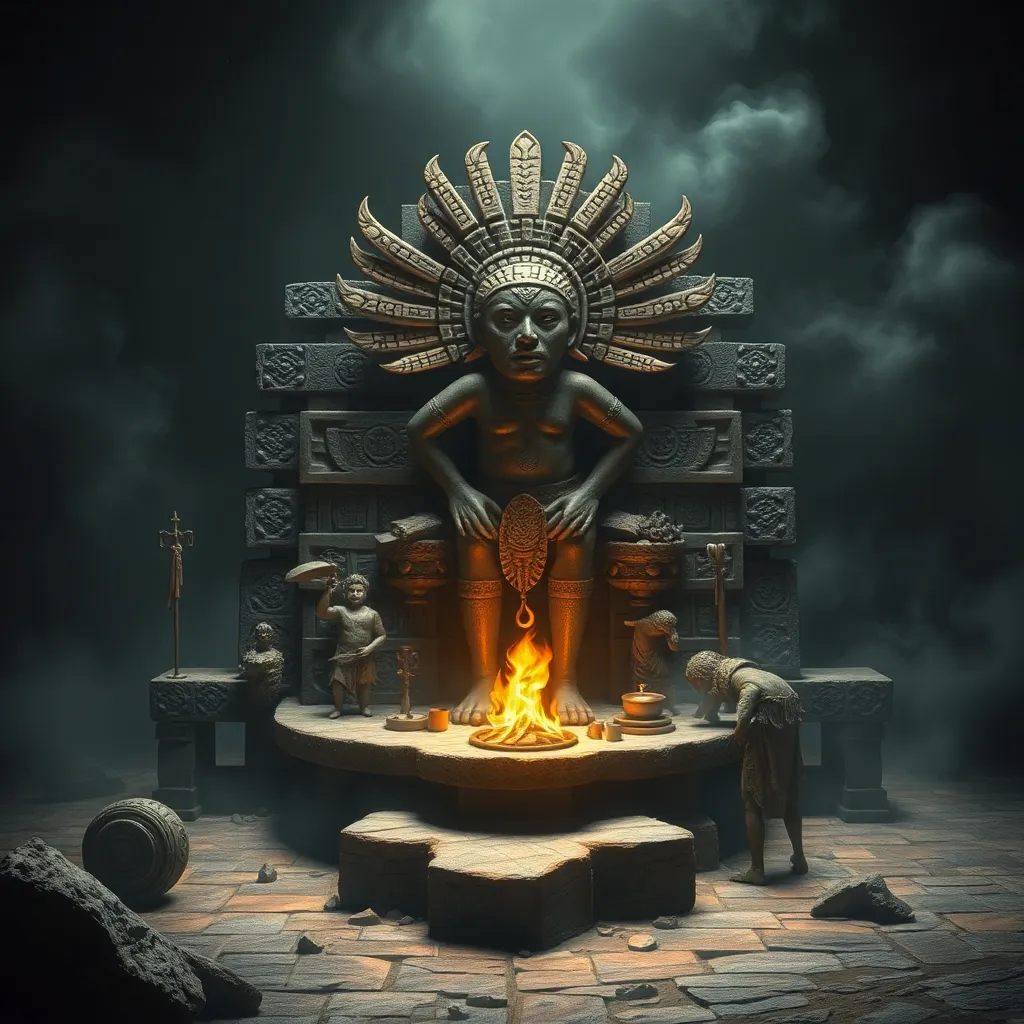The Lamassu in the Hittite Empire: Investigating its Presence in Anatolian Art
I. Introduction
The Lamassu, a mythical creature with the body of a bull or lion, the wings of an eagle, and the head of a man, holds significant importance in ancient cultures, particularly in Mesopotamia and Anatolia. This creature was often associated with protection and divine power, serving as a guardian figure at the entrances of palaces and temples.
The Hittite Empire, which flourished from around 1600 to 1178 BCE in Anatolia (modern-day Turkey), was a major player in the ancient Near East. The empire’s strategic location facilitated interactions with several neighboring civilizations, including the Assyrians and Egyptians, making it a melting pot of cultural influences.
This article aims to explore the presence and significance of Lamassu in Hittite art, examining its historical context, characteristics, archaeological findings, and its influence on later cultures.
II. Historical Context of the Hittite Empire
The Hittite Empire rose to prominence through military conquests and diplomatic strategies, reaching its zenith in the 14th century BCE. This period was characterized by territorial expansion and the establishment of a complex administrative system.
Throughout its history, the Hittites engaged in cultural exchanges with neighboring civilizations:
- Assyrians: The Hittites adopted various aspects of Assyrian culture, including art and writing systems.
- Egyptians: Diplomatic ties resulted in mutual influences in religion and governance.
Art and architecture played crucial roles in Hittite society, reflecting their values, beliefs, and aspirations. Monumental sculptures, intricate carvings, and grand edifices were not only expressions of artistic skill but also manifestations of political power and religious devotion.
III. Characteristics of Lamassu
The Lamassu is characterized by its hybrid form, embodying strength, wisdom, and protection. Its physical attributes symbolize various aspects of ancient Near Eastern mythology:
- Body of a Bull or Lion: Represents strength and stability.
- Wings of an Eagle: Symbolizes divine protection and the connection to the heavens.
- Head of a Man: Indicates intelligence and governance.
In Hittite art, the representation of Lamassu varies, influenced by local artistic styles and cultural contexts. The creature often appears in relief sculptures, prominently displayed at gateways and palatial entrances.
IV. The Role of Lamassu in Hittite Art
In Hittite architecture, Lamassu served a significant role:
- Architectural Significance: Lamassu sculptures were strategically placed at the entrances of citadels and temples, creating a formidable presence that symbolized protection and power.
- Symbolism of Power: The Lamassu was seen as a guardian figure, embodying the might of the Hittite kings and their divine right to rule.
When compared to other cultures, particularly the Assyrians, Hittite representations of Lamassu exhibit unique characteristics, showcasing local artistic traditions while retaining the essence of the original symbolism.
V. Archaeological Discoveries
Several key archaeological sites in Anatolia have revealed significant findings related to Lamassu:
- Hattusa: The capital of the Hittite Empire, where large Lamassu sculptures were discovered, exemplifying their grandeur and significance.
- Alaca Höyük: Excavations revealed smaller Lamassu figures, offering insights into variations in representation.
These discoveries have enriched our understanding of Hittite art, showcasing the blend of local and foreign influences. Preservation efforts are ongoing, with scholars studying these sculptures to gain deeper insights into their cultural context.
VI. Interpretation and Meaning
The Lamassu held profound symbolic meanings within Hittite society:
- Symbolic Interpretations: The Lamassu represented divine protection, serving as guardians of the state and its rulers.
- Connection to Kingship: The presence of Lamassu in palatial architecture reinforced the divine right of kings and their role as protectors of the people.
The cultural significance of Lamassu extends beyond mere artistry; it reflects the socio-political dynamics of the Hittite Empire and its interactions with neighboring civilizations.
VII. The Influence of Lamassu on Later Cultures
The legacy of Lamassu persisted long after the decline of the Hittite Empire:
- Continuity in Art: Subsequent Anatolian cultures continued to incorporate Lamassu motifs, demonstrating the enduring appeal of this guardian figure.
- Influence on Later Empires: The Persian and Roman empires adopted Lamassu-like figures in their architecture, signifying the creature’s widespread cultural resonance.
- Modern Interpretations: Today, Lamassu is often referenced in popular culture and art, symbolizing strength, protection, and the blending of cultures.
VIII. Conclusion
In summary, the Lamassu played a vital role in the art and culture of the Hittite Empire, serving as a powerful symbol of protection and authority. Its presence in Hittite architecture highlights the importance of art in expressing political and religious ideals.
Understanding the significance of Lamassu provides valuable insights into the complexities of Hittite society and its interactions with neighboring cultures. Further research into Lamassu and its adaptations can illuminate the broader narrative of ancient Near Eastern art and its legacy.



